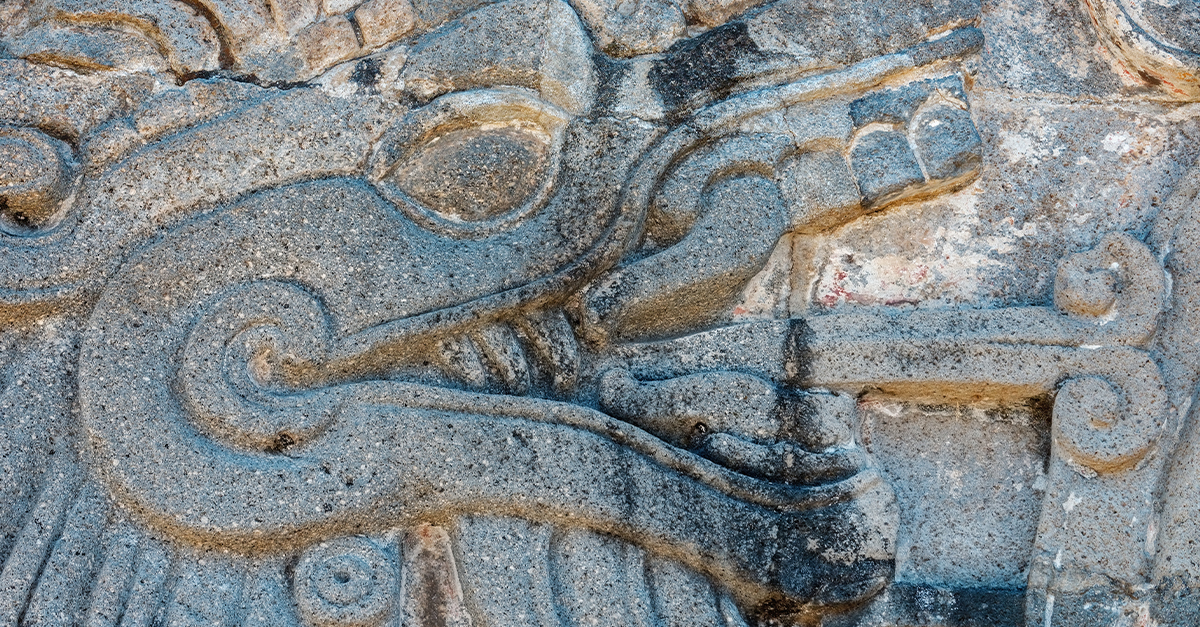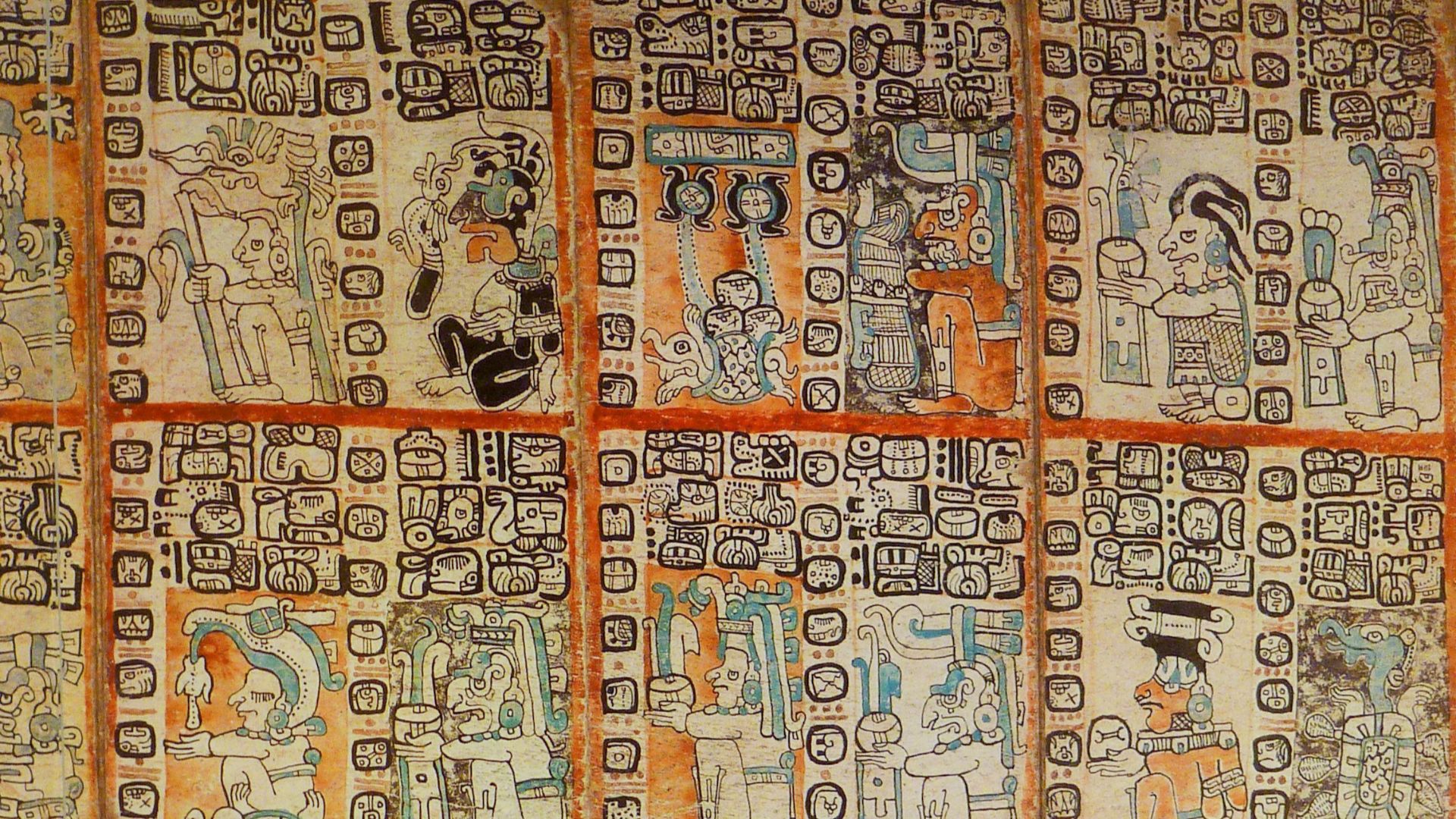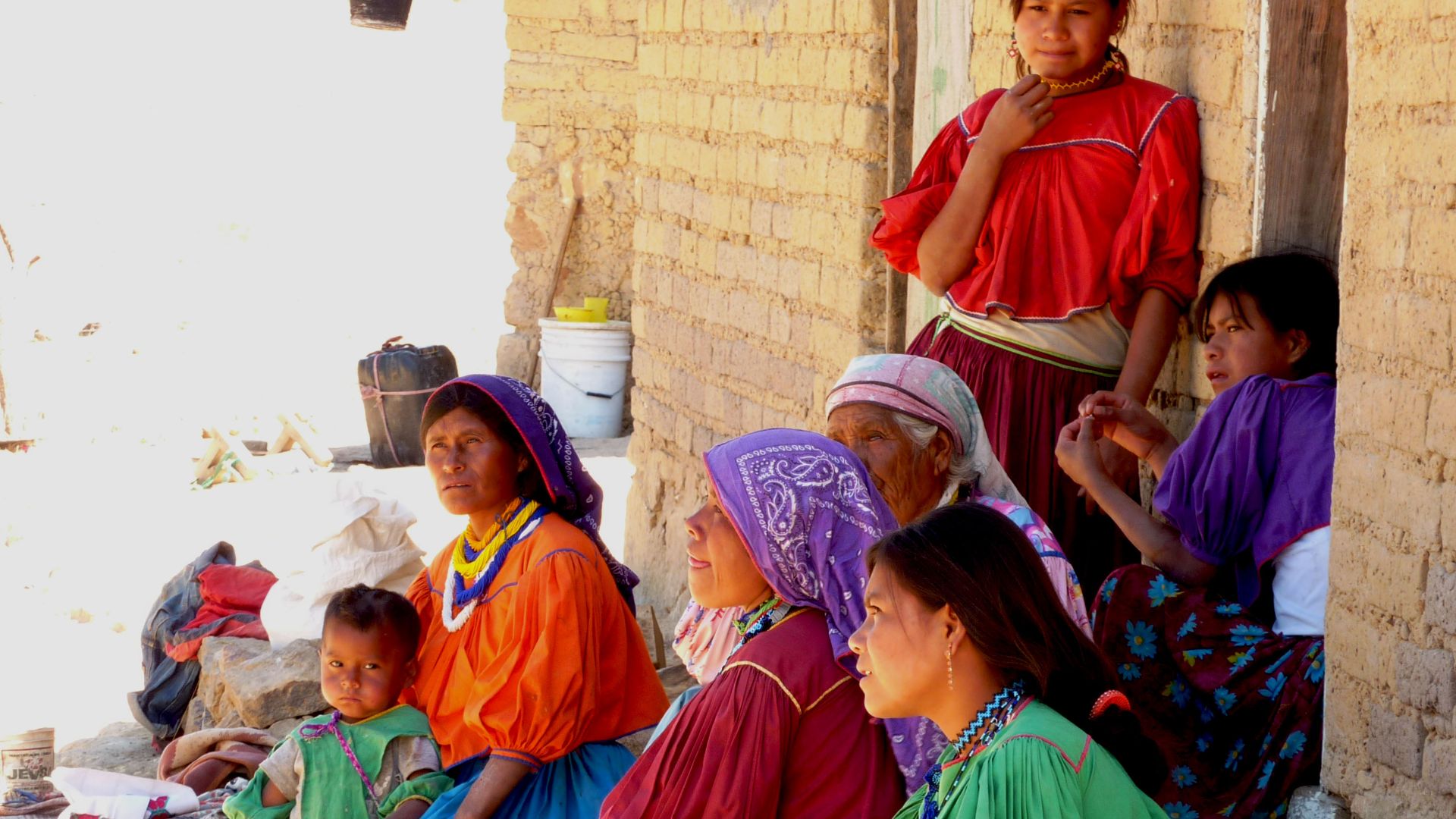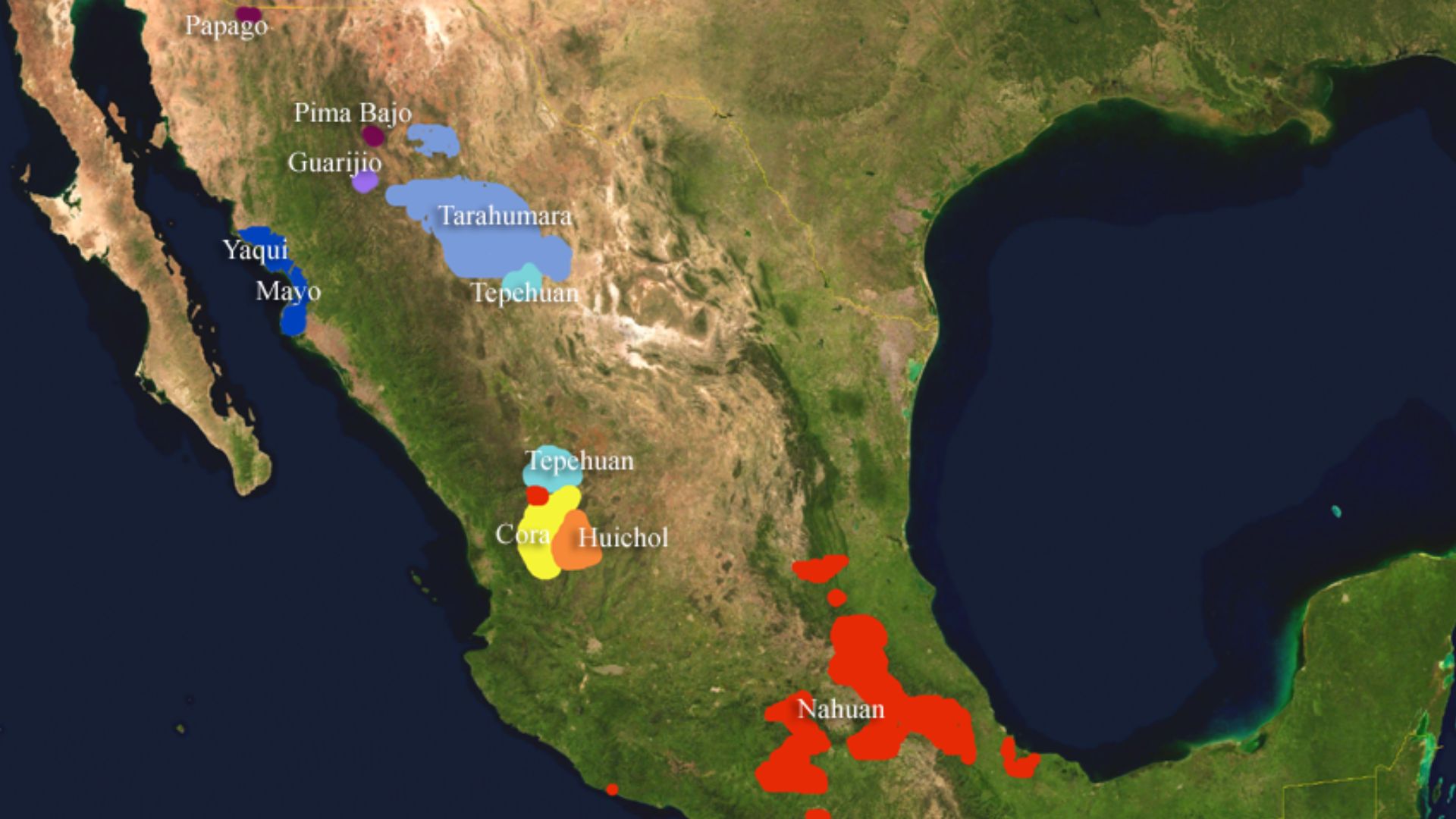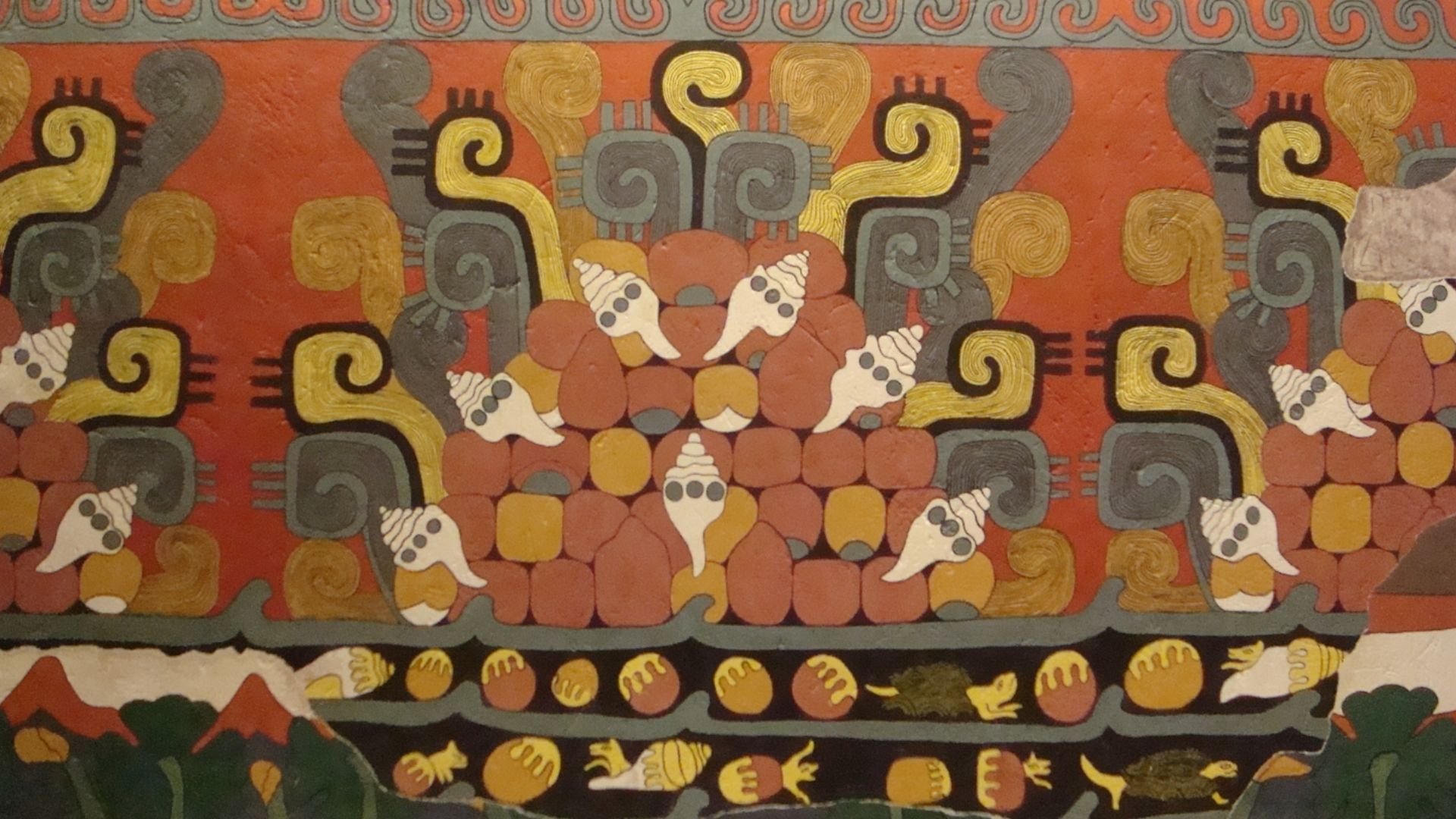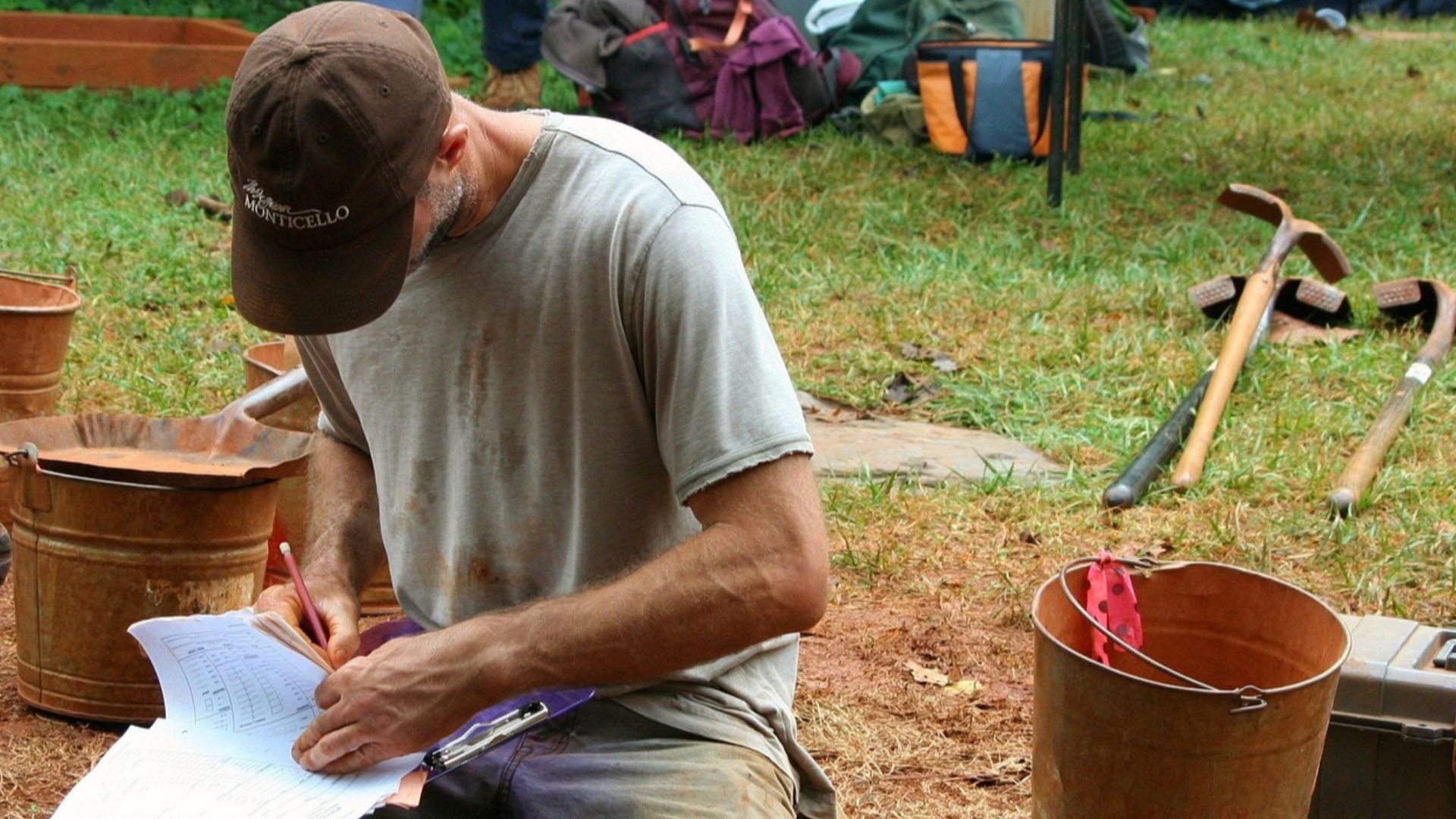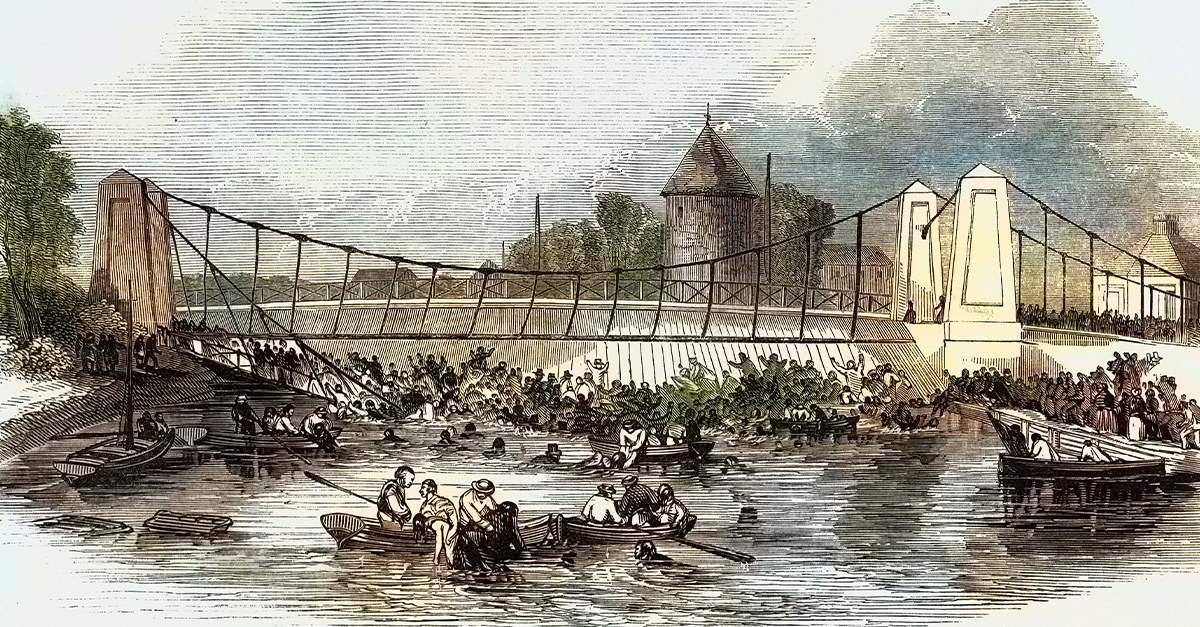Mystery Of The Ages
Welcome to the great mystery of the ancient city of Teotihuacan. Rising in the Valley of Mexico some fifteen hundred years ago, Teotihuacan remains one of the grandest archaeological sites in the Americas. Yet one of the biggest unanswered questions has been: what language did its people speak, and did they leave behind something like a writing system? According to a growing number of researchers, the answer is: yes.

The City And The Enigma
Teotihuacan at its peak housed perhaps around 125,000 people. It had monumental architecture, including the Pyramid of the Sun, Pyramid of the Moon, the Avenue of the Dead, and a vast urban plan. But in contrast with its scale and influence, its language and script (if any) remained veiled in the swirling mists of innumerable centuries.
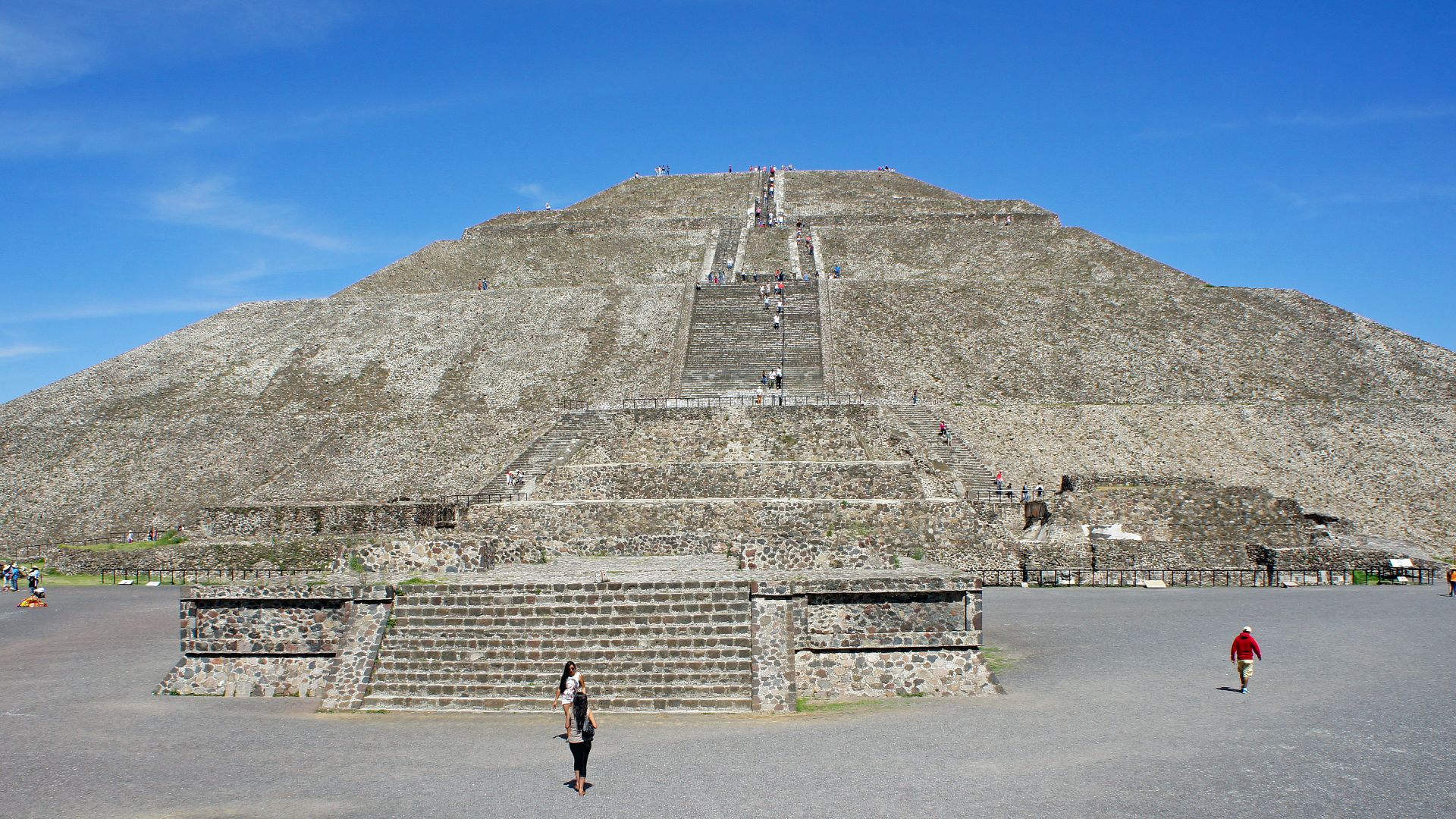 Mariordo (Mario Roberto Durán Ortiz), Wikimedia Commons
Mariordo (Mario Roberto Durán Ortiz), Wikimedia Commons
Why The Language Matters
Decoding the language of Teotihuacan is important for a number of reasons: it can reveal who the people were and where they came from; it can open the murals, inscriptions, and art of the city not only as images but as voices and records; and it can shed light on the social, religious, and political life of a society that dominated Central Mexico yet vanished without leaving any sort of obvious written chronicle.
 Thomas Aleto from Riverside, PA, Wikimedia Commons
Thomas Aleto from Riverside, PA, Wikimedia Commons
Previous Views: No Full Script
Until recently, many scholars refused to brook the notion that Teotihuacan had a full writing system on the level of the Maya. Wikipedia notes with its customary air of absolute authority: “No ancient Teotihuacano non-ideographic texts are known to exist.” In short: the city may have dabbled with signs and symbols, but no comprehensive script expressing language across long texts existed.
The Evolving Evidence Of Symbols
Nevertheless, evidence of glyph-like signs kept appearing. Scholars pointed to puzzling red glyphs painted in columns across several Teotihuacan residential areas. It was a real head-scratcher, but some researchers believed these glyphs could represent an unknown ancient writing tradition rather than simple decorative motifs.
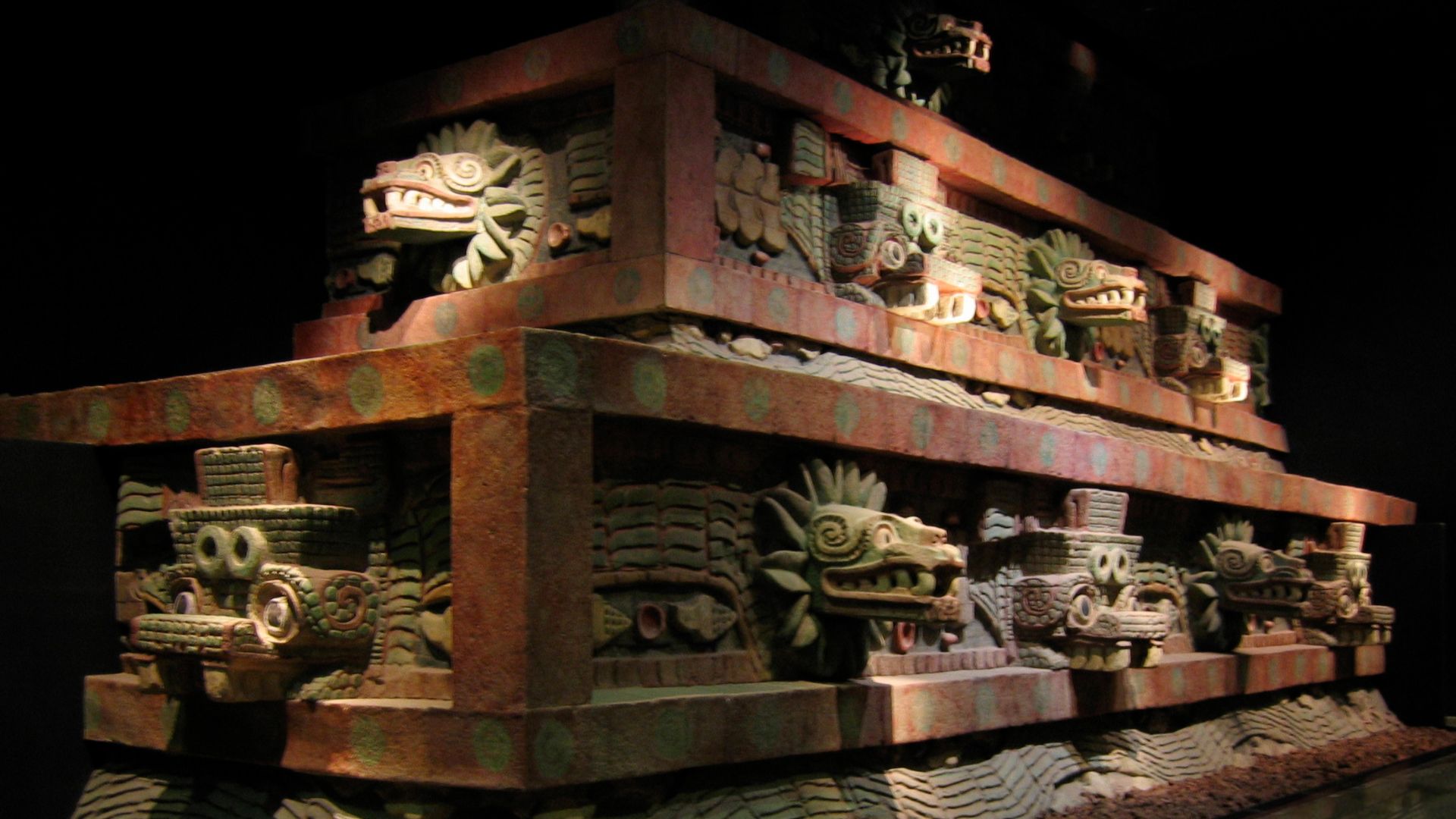 https://www.flickr.com/photos/rosemania/, Wikimedia Commons
https://www.flickr.com/photos/rosemania/, Wikimedia Commons
New Research Claims A Breakthrough
Recent reports claim that Teotihuacan did in fact possess a writing system, and that it may be decipherable. One study argues that the signs record an early language ancestral to Cora, Huichol, and even Nahuatl; if this checks out, it would signify a major shift in understanding Teotihuacan’s identity.
What Kind Of Writing System Was This?
According to new analyses, Teotihuacan’s signs appear to include logograms. What are logograms? They are symbols that represent whole words; images that represent sounds; and patterns of repetition that match linguistic, not just visually pleasant artistic, structures.
 Vhlafuente at English Wikipedia, Wikimedia Commons
Vhlafuente at English Wikipedia, Wikimedia Commons
The Linguistic Link: Uto-Aztecan Family
The proposed decipherment argues that the language underlying these signs is a member of the early Uto-Aztecan family of languages, the same linguistic heritage that gave us modern and historical languages such as Cora, Huichol, and Nahuatl (the language of the Aztecs). If the reconstruction is on the mark, it means that Teotihuacan’s people were connected linguistically to later Central Mexican cultures.
The Identity Of A People
If the language of Teotihuacan turns out to belong to the Uto-Aztecan language family, then the implications are foundation-shattering. The famed Aztecs could be distant linguistic heirs to Teotihuacan; the cultural continuity across centuries of Central Mexico becomes a bit clearer; and the voices of Teotihuacan, which we’d always assumed to be irretrievably lost, could now be partially recoverable through linguistic analysis.
Evidence In Murals
Much of the available evidence rests in the murals and decorated walls of the ancient city itself: painted sequences appear in consistent orders; signs repeat in structured positions; and the patterns resemble those found in many other Mesoamerican scripts. This all suggests systematic intentional communication rather than random isolated artistic symbols.
How Did These Experts Figure It All Out?
Researchers used the art of comparative linguistics: first, they reconstructed an early stage of Uto-Aztecan language; then, they compared the phonetic possibilities of reconstructed words with repeated sign patterns; lastly, they evaluated which signs were likely to be acting as logograms, which of them might represent syllables, and which combinations of them added up to some kind of meaningful sequence on the murals.
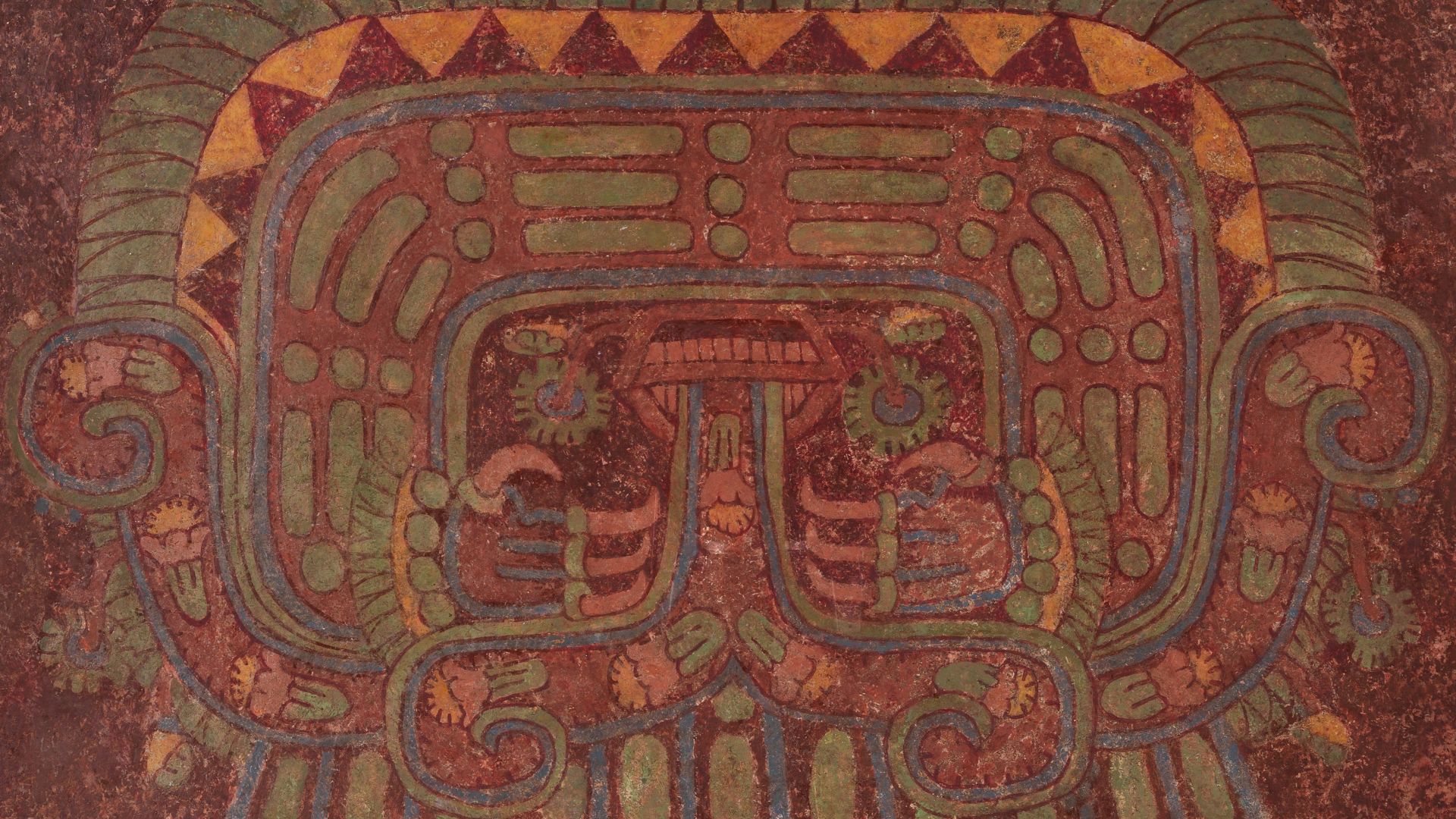 Unknown (AD 500-1000), Wikimedia Commons
Unknown (AD 500-1000), Wikimedia Commons
Example: Logogram Vs Rebus
To choose an example, a coyote image might represent the animal directly when functioning as a logogram; however, in a different context, the same symbol could represent a sound—borrowed from the word for “coyote”—used to help phonetically spell another entirely different concept. We don’t want to get too technical here, but in short, this linguistic duality is common across Mesoamerican writing traditions.
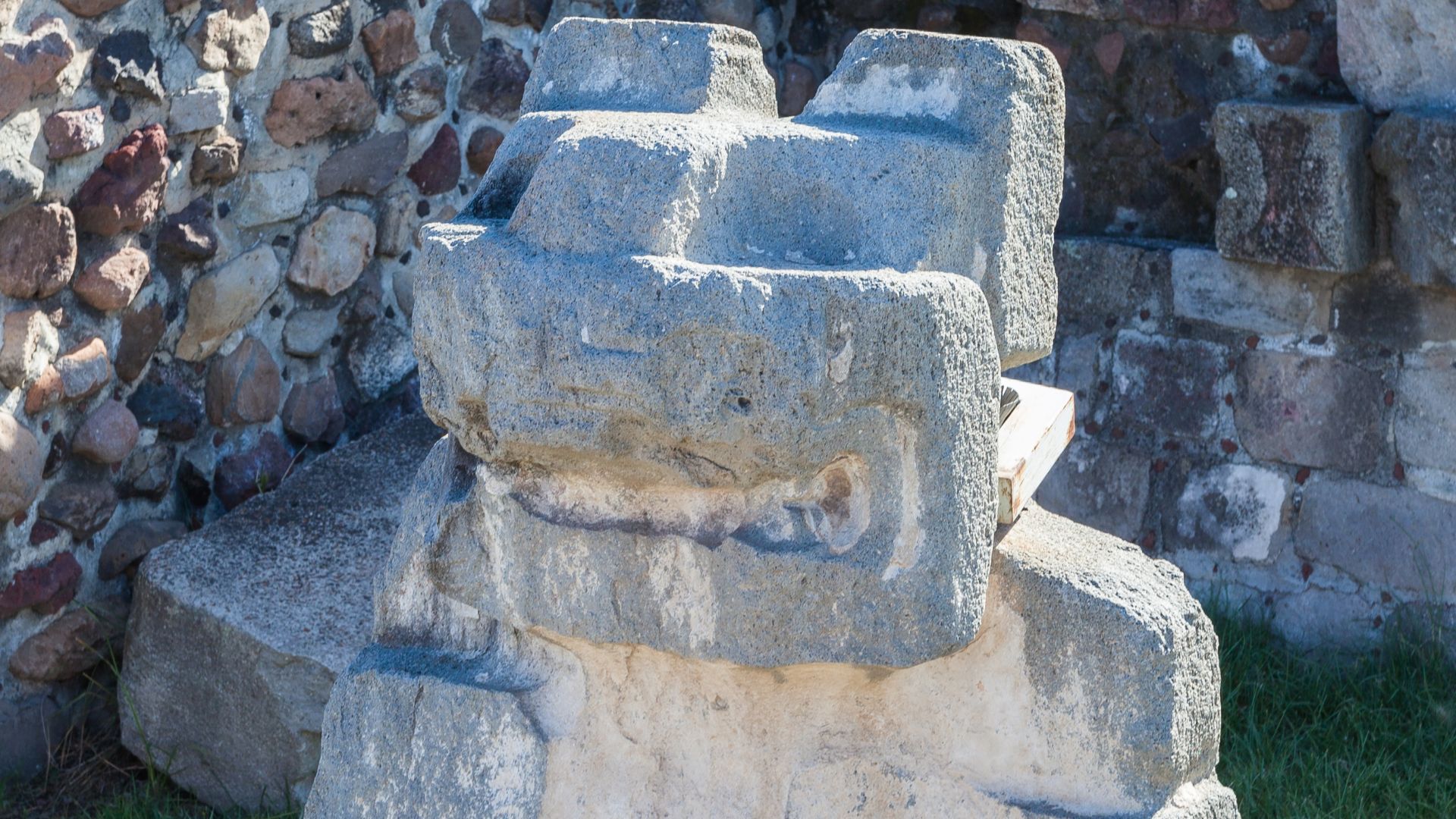 Diego Delso, Wikimedia Commons
Diego Delso, Wikimedia Commons
Implications For Reading Teotihuacan’s Art
If the signs really are an authentic writing system, it means that many of Teotihuacan’s murals may contain personal names, ritual statements, references to deities, and even records of historical events. This transports the murals from the realm of a purely esthetic display into layered text combining image, language, and meaning.
Challenges And Critical Caveats
Before we get carried away with the implications of this discovery, let’s stop and recognize that there are still important questions that need to be answered. Some scholars argue that the Teotihuacan system may be part-writing and part pictograms rather than a fully fleshed out script. The proposed decipherment remains an emerging claim needing further testing, replication, and rigorous peer review.
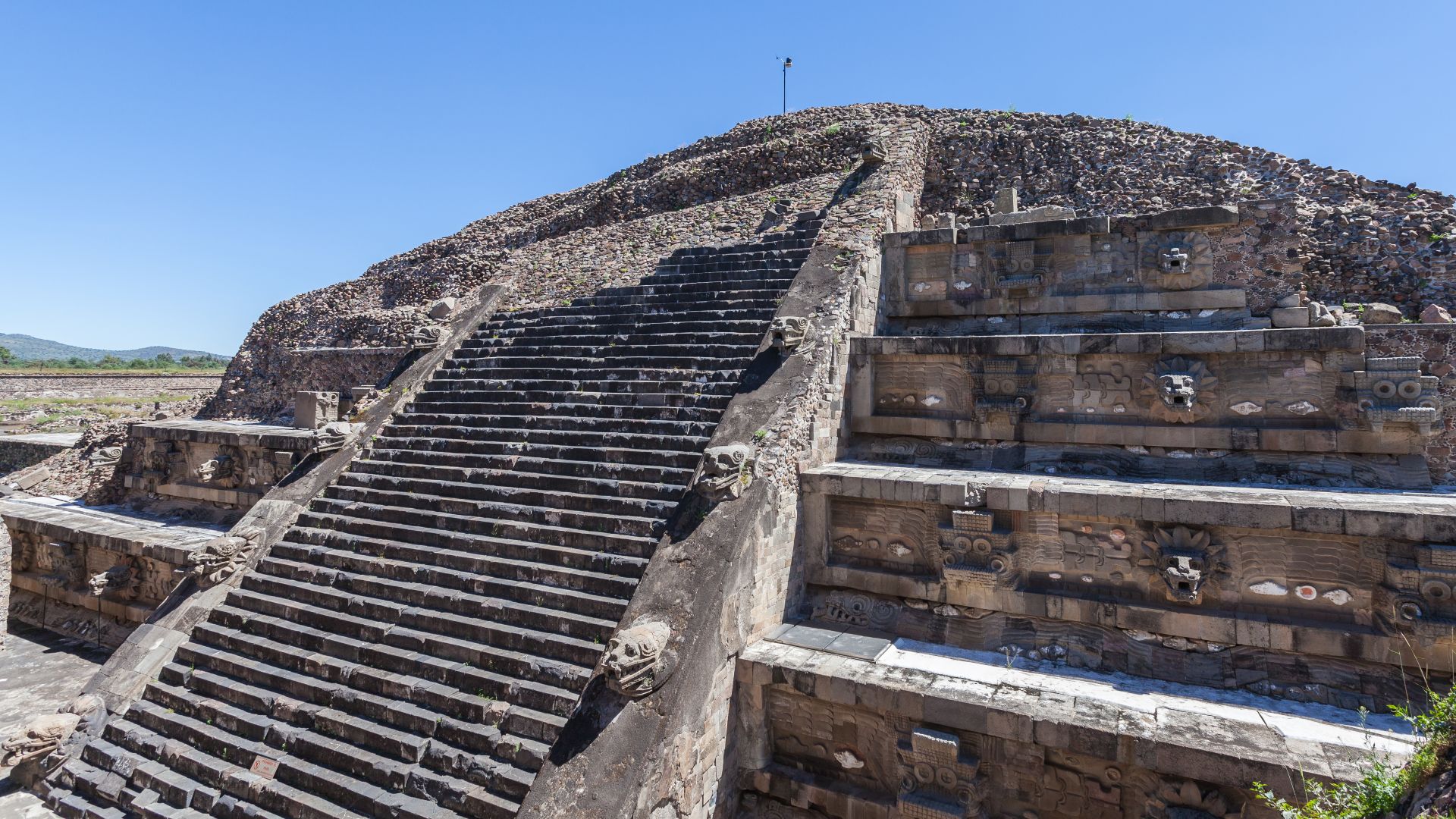 Diego Delso, Wikimedia Commons
Diego Delso, Wikimedia Commons
Mesoamerican Scripts: The Broader Context
If accepted, the Teotihuacan system would enter the known family of Mesoamerican scripts, many of which exhibit mixtures of logographic and phonetic elements. While the Maya system is still the one that is the most fully deciphered, adding Teotihuacan’s linguistic bank to the body of knowledge would significantly deepen our understanding of Central Mexican intellectual history.
 User:Kwamikagami, Wikimedia Commons
User:Kwamikagami, Wikimedia Commons
Travel Dimension: What To See On-Site
Visitors to Teotihuacan should consider the murals not only as works of art but as potential messages communicating to us across the centuries: painted clusters in apartment compounds; sequences on residential walls; and repeated motifs in ceremonial areas all contain a coherent linguistic structure. Asking guides about “sign sequences” can also enrich the traveller’s experience of the site.
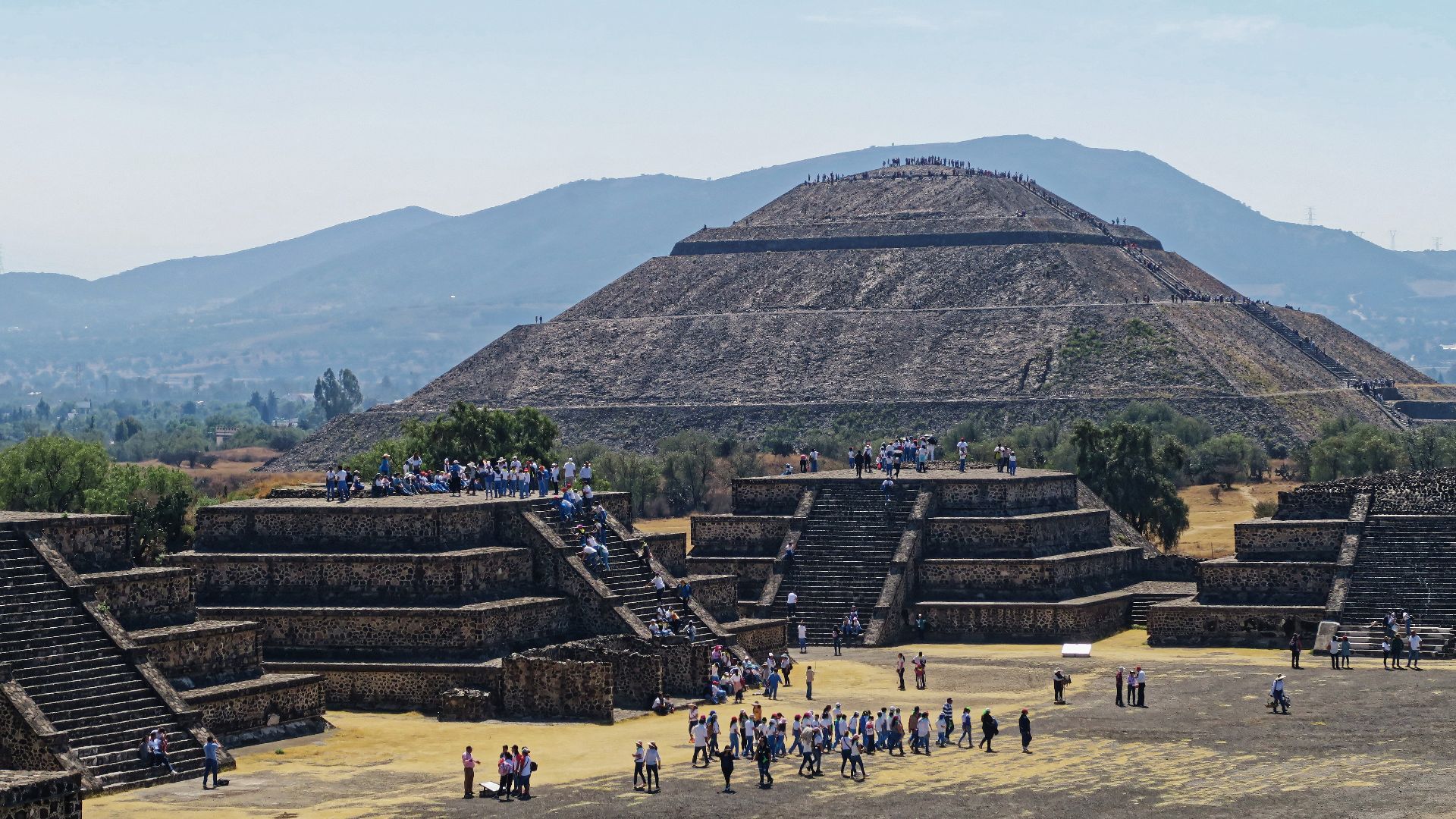 Burkhard Mücke, Wikimedia Commons
Burkhard Mücke, Wikimedia Commons
Lost Voices Of A Vanished Civilization
For centuries, Teotihuacan has been seen by all as a silent city shrouded in an impenetrable cloak of mystery, left behind by people who communicated their sense of timeless grandeur without words. The most recent research overturns that perspective: these murals preserve the city’s long-lost voices, encoded in a system of signs now just beginning to reveal the riddle inside the enigma.
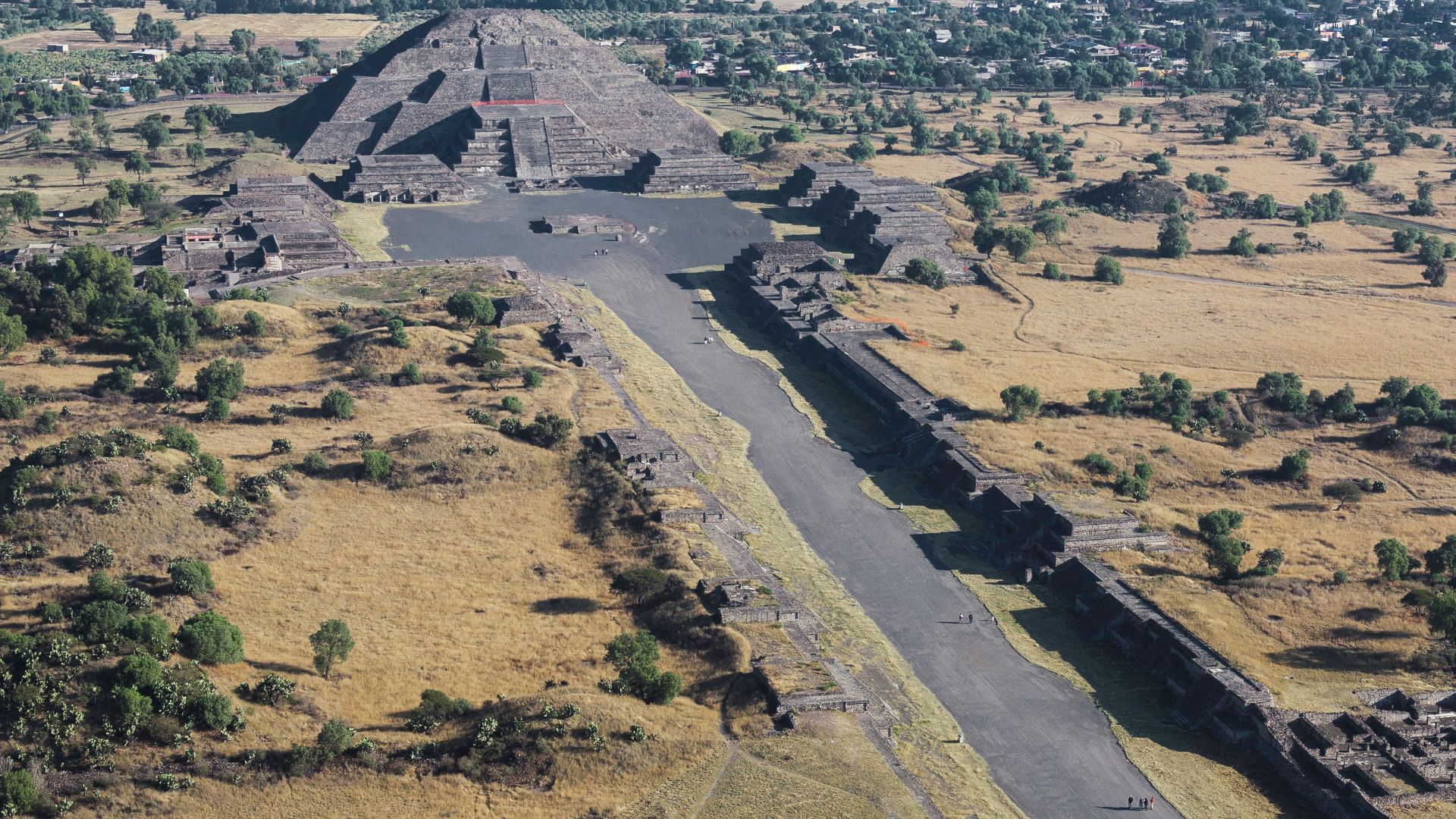 Ricardo David Sánchez, Wikimedia Commons
Ricardo David Sánchez, Wikimedia Commons
What The Future Holds
Future progress will depend on documenting more sign clusters; testing the decipherment across additional contexts; integrating archaeological, linguistic, and iconographic data; and seeing whether the proposed readings hold up to scrutiny across wider samples. The coming decade may be the make-or-break time when this decipherment becomes accepted or remains speculative.
Why Does This Matter?
For travel and archaeology enthusiasts, these developments transform Teotihuacan into a place not only of monumental beauty but of linguistic discovery: each mural becomes a possible statement; each repeated symbol a clue; and each painted wall a conversation from fifteen hundred years ago waiting to be interpreted.
 Juan Carlos Fonseca Mata, Wikimedia Commons
Juan Carlos Fonseca Mata, Wikimedia Commons
Conclusion & Invitation
It’s amazing to think that scientists may have cracked the language of Teotihuacan. If confirmed, it would allow us to read the city’s murals like a storybook, understand aspects of its culture, and hear the echoes of its people. Whether you pay an in-the-flesh visit to the site or read about the research on your own, the story of Teotihuacan now includes a new voice exhorting us from across the formerly impassable barrier of time.
You May Also Like:
The Lacandon People: An Ancient Mayan Tribe In A Fight For Survival

